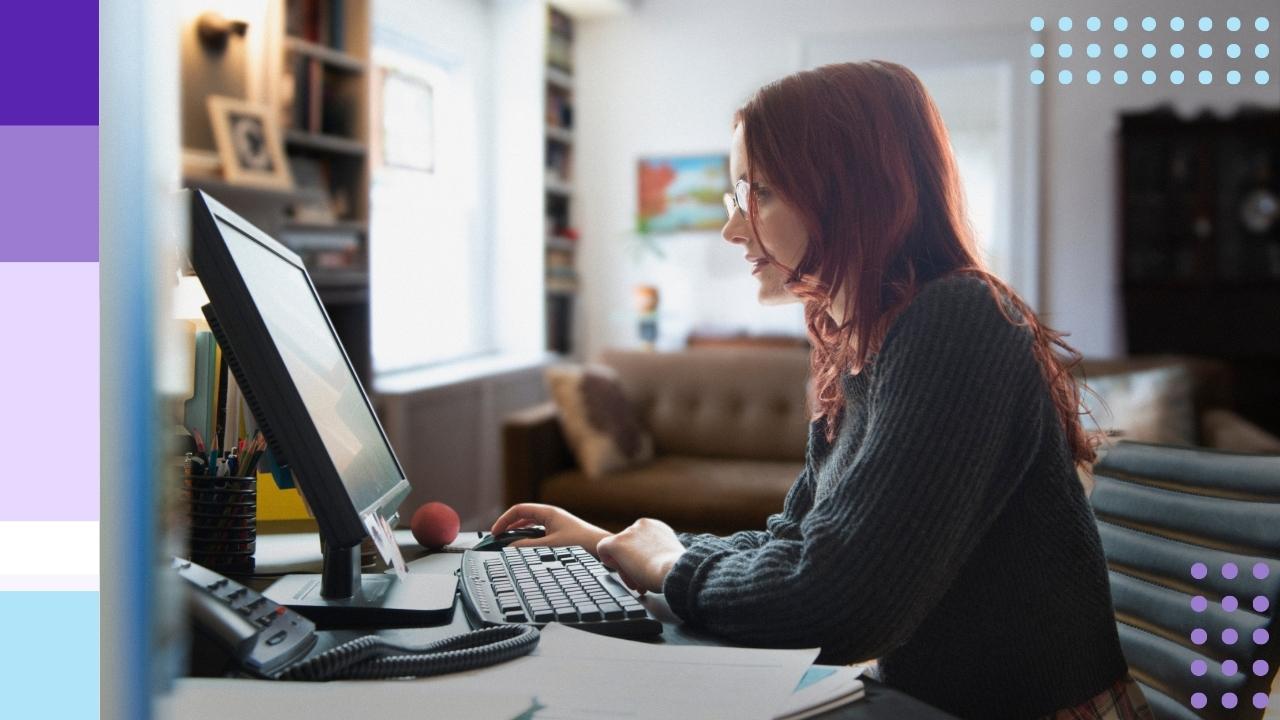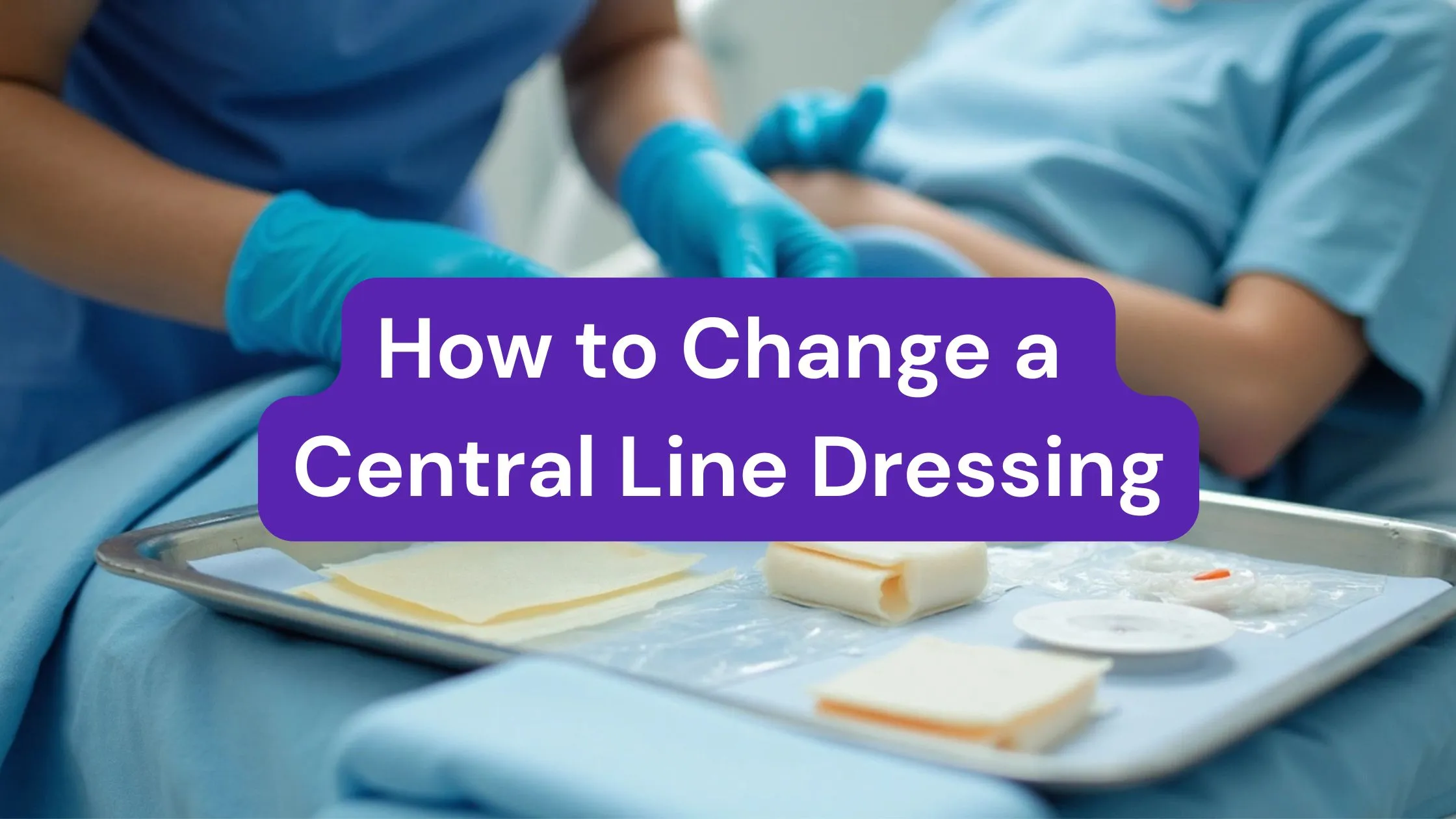"One thing is certain: UAP (unlicensed assistive personnel) are going to be part of the healthcare team for the foreseeable future" - Lynda R Kopishke, MSN, RN, LNCC.
Some individuals within the nursing field may wonder what is an unlicensed assistive personnel? While the definition of a UAP has evolved, typically, a UAP is any unlicensed personnel who assists and provides patients with basic care. Unlicensed assistive personnel are commonly supervised by licensed healthcare workers such as registered nurses (RNs), licensed practical nurses (LPNs), or physicians.
Since many UAPs are only trained for basic tasks in patient care, it may be easy to underestimate them. Yet, UAPs play an integral part in the healthcare team by ensuring that every patient receives comprehensive and high-quality care. Are you a UAP, or are you interested in becoming one? Keep reading to understand the roles and responsibilities of UAPs and what makes this healthcare position so valuable.
What Does UAP Stand For?
UAP stands for unlicensed assistive personnel. The UAP meaning has been compacted into a UAP medical abbreviation that generally describes non-licensed individuals who provide basic patient care, such as bathing and dressing. Sometimes, UAP is written as U.A.P. although the meaning is the same.
Regardless of how UAP is written, a UAP's scope of practice generally remains the same: to assist patients with activities of daily living (ADLs).
What Is UAP in Nursing
In a nursing context, unlicensed assistive personnel are healthcare workers who perform tasks that support patient care. UAPs do not hold any type of formal nursing license. According to the American Nurses Association (ANA), a UAP definition is:
"an unlicensed individual who is trained to function in an assistive role to the licensed nurse in providing patient/client activities as delegated by the nurse."
The evolution of the term UAP in nursing has changed over the years and can sometimes appear alongside terms such as patient care assistants, patient care aides, or unlicensed nursing personnel. Additionally, in some states, the term nursing assistive personnel (NAP) may be used. NAPs may refer to individuals such as certified nursing assistants (CNAs), a workforce group of paraprofessionals who are certified and regulated by their states.
Types of Unlicensed Assistive Personnel
You can think of unlicensed assistive personnel as an umbrella term for any non-licensed health worker who assists with non-clinical and basic care tasks in a patient setting. The most common types of unlicensed assistive personnel may encompass (but not limited to) the following roles:
- Nursing Aides
- Certified Nursing Assistants
- Patient Care Aides
- Home Health Aides
- Caregivers (CGs)
- Patient Care Technicians (PCTs)
- Personal Care Aides (PCAs)
- Medication Assistants (MA-Cs)
- Medication Technicians (MTs)
- Certified Medication Aides (CMAs)
It's important to keep in mind that healthcare roles that fall under UAPs can vary from state to state. Always check your local nursing board regarding UAP roles to ensure compliance with local state laws.
How Is Nursing Delegation Relevant for UAPs?
Since UAPs do not have a nursing license, nursing delegations are made by other licensed nurses, typically RNs and sometimes LPNs. The meaning of delegation in nursing is to delegate (or transfer) specific responsibilities to suitable health personnel while assuming accountability for patient outcomes. Therefore, a delegated definition relevant to UAPs is when specific tasks are entrusted to UAPs under the supervision of a licensed nurse, ensuring that patient care is provided safely and effectively.
Generally, nursing delegation allows licensed health professionals to transfer low-risk or routine tasks to another team member with a narrower scope of practice. While nursing delegation may be applied to all levels of nursing licensure, delegation laws vary from state to state. Similarly, U.S. territories and states may have different definitions, regulations, or laws regarding the delegation process. Again, it's always best to check with each state's board of nursing to find out about state-specific variations.
What Are the Common Roles and Responsibilities of UAPs?
UAPs may take on a range of healthcare tasks and responsibilities. At the most basic level, UAPs will assist with non-clinical and basic care tasks such as bathing and feeding patients. Some UAP roles, such as CMAs or Medication Technicians, may be in charge of giving shots, drawing blood, or administering medications.
However, generally speaking, typical duties and responsibilities of UAPs consist of (but are not limited to) the following:
- Helping patients with daily living activities such as bathing, brushing teeth, and other personal hygiene tasks
- Assisting patients with feeding and ensuring they receive adequate nutrition
- Dressing and undressing patients to help them get ready for the day or night
- Monitoring vital signs such as heart rate, pulse, and oxygen levels
- Reporting any noticeable changes in a patient's condition to a licensed nurse
- Repositioning patients in their beds or transferring patients from a bed to a wheelchair
- Changing bed linens and sanitizing equipment in a patient's room
- Providing emotional and social support by offering companionship
A UAP’s responsibilities may fluctuate depending on the type of state certification they have and the setting. In any case, most UAPs will have completed some type of specific training to perform their roles effectively.
How to Apply for a UAP Role
After you have completed any relevant training or received certification for your UAP role, you can begin your job search. Be sure to prepare a resume that highlights your qualifications and any experience related to patient care you have in healthcare settings.
You may want to submit your application to online job boards or consider working per diem to gain even more experience in the field. For example, Nursa makes it easy to find local per diem jobs in different healthcare roles. With a super easy and user-friendly interface, you can start looking for UAP jobs at local healthcare centers near you.
What Is Needed to Become a UAP?
Most UAP roles require a high school diploma or equivalent and additional coursework. For example, to become a certified nursing assistant, an individual typically needs to complete state-approved training. In addition, many UAP roles require that a person be certified in CPR and First Aid.
Ultimately, the level of education you pursue as a UAP will help distinguish the roles you can safely and legally perform in healthcare settings across the U.S. Therefore, before becoming a UAP, it can be helpful to narrow down specific regulations and licensing requirements in your state that are required to fulfill your chosen healthcare role.
UAPs: The Foundation of Quality Patient Care
UAPs play a fundamental role in the big picture of healthcare. Unlicensed assistive personnel often work "behind the scenes," making sure patients are comfortable and cared for. While most UAPs assist other healthcare professionals by performing non-clinical tasks, these everyday responsibilities are critical to making sure patients receive compassionate and safe care.
Furthermore, since UAPs frequently provide direct patient care, individuals in these roles can build long-lasting bonds with patients. This can help a UAP feel motivated and inspired to show up to work each day. Finally, UAPs deserve to be recognized for their hard work and those they serve. So whether you are already a UAP or aspire to become one, know that this role is essential in the field of nursing.
Want to learn more about UAPs and how they collaborate together in the nursing delegation process? Check out the five principles of nursing delegation here.
Sources:








.jpg)





